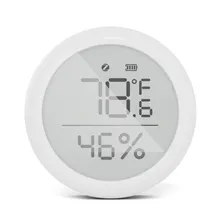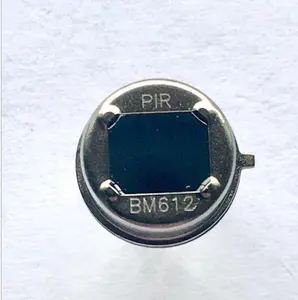Introduction to 3V Infrared Sensors
In the realm of electronic components, 3v infrared sensors stand as pivotal elements in modern automation and control systems. These sensors are integral in enabling devices to interact with their surroundings by detecting and quantifying light variations. The versatility of 3v infrared sensors is evident across various applications, from everyday consumer electronics to advanced industrial machinery.
Types and Applications
Infrared motion sensors and infrared proximity sensors are two prominent types within this category. The former is commonly found in security systems and automatic lighting controls, while the latter plays a crucial role in obstacle detection systems in robotics and vehicles. The application spectrum of these sensors is broad, encompassing sectors such as healthcare, where they contribute to patient monitoring systems, to manufacturing, where they enhance precision in process control.
Features and Functionality
The functionality of 3v infrared sensors is characterized by their sensitivity to infrared light, a spectrum beyond human visual capacity. This allows for the detection of heat and motion, enabling their use in thermal imaging sensors. Furthermore, their low voltage requirement makes them energy-efficient choices for battery-operated devices. The compact size of these sensors facilitates their integration into space-constrained designs, making them suitable for a wide array of electronic devices.
Materials and Construction
The construction of 3v infrared sensors typically involves materials that respond to infrared radiation, such as lead sulfide or indium gallium arsenide. These materials are chosen for their responsiveness to specific wavelengths, ensuring the sensor's effectiveness in its intended application. The robust design of these sensors allows them to operate reliably in diverse environments, from the controlled conditions of a laboratory to the harshness of industrial settings.
Advantages of Utilizing 3V Infrared Sensors
The advantages of incorporating 3v infrared sensors into electronic systems are manifold. Their low power consumption is a boon for portable and remote applications, while their responsiveness to infrared light enables non-contact sensing, which is essential for applications requiring hygiene or safety from physical interference. Additionally, the non-visible nature of infrared light allows for discreet operation in security and surveillance applications.
Selection and Sourcing on Alibaba.com
Alibaba.com hosts a comprehensive selection of 3v infrared sensors to cater to the diverse needs of various industries. The platform facilitates the sourcing of these sensors by providing a connection between buyers and suppliers, ensuring a steady supply for projects of all scales. With a focus on diversity, the catalogue includes sensors suitable for both niche applications and widespread industrial use, all without the constraints of minimum order quantities.











































 浙公网安备 33010002000092号
浙公网安备 33010002000092号 浙B2-20120091-4
浙B2-20120091-4